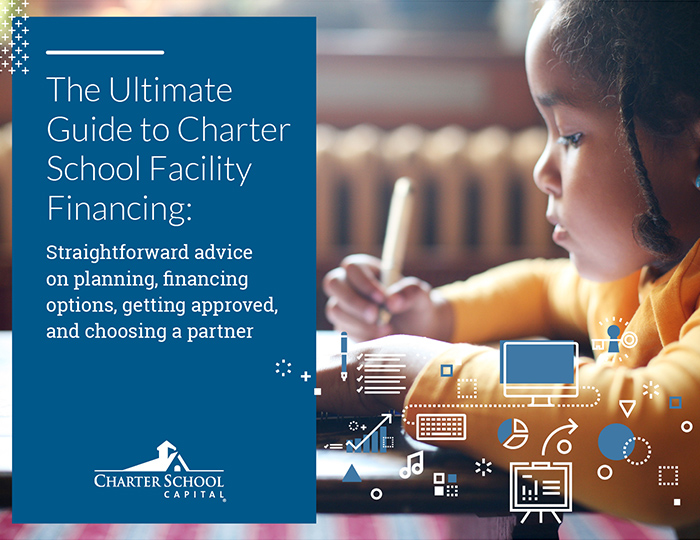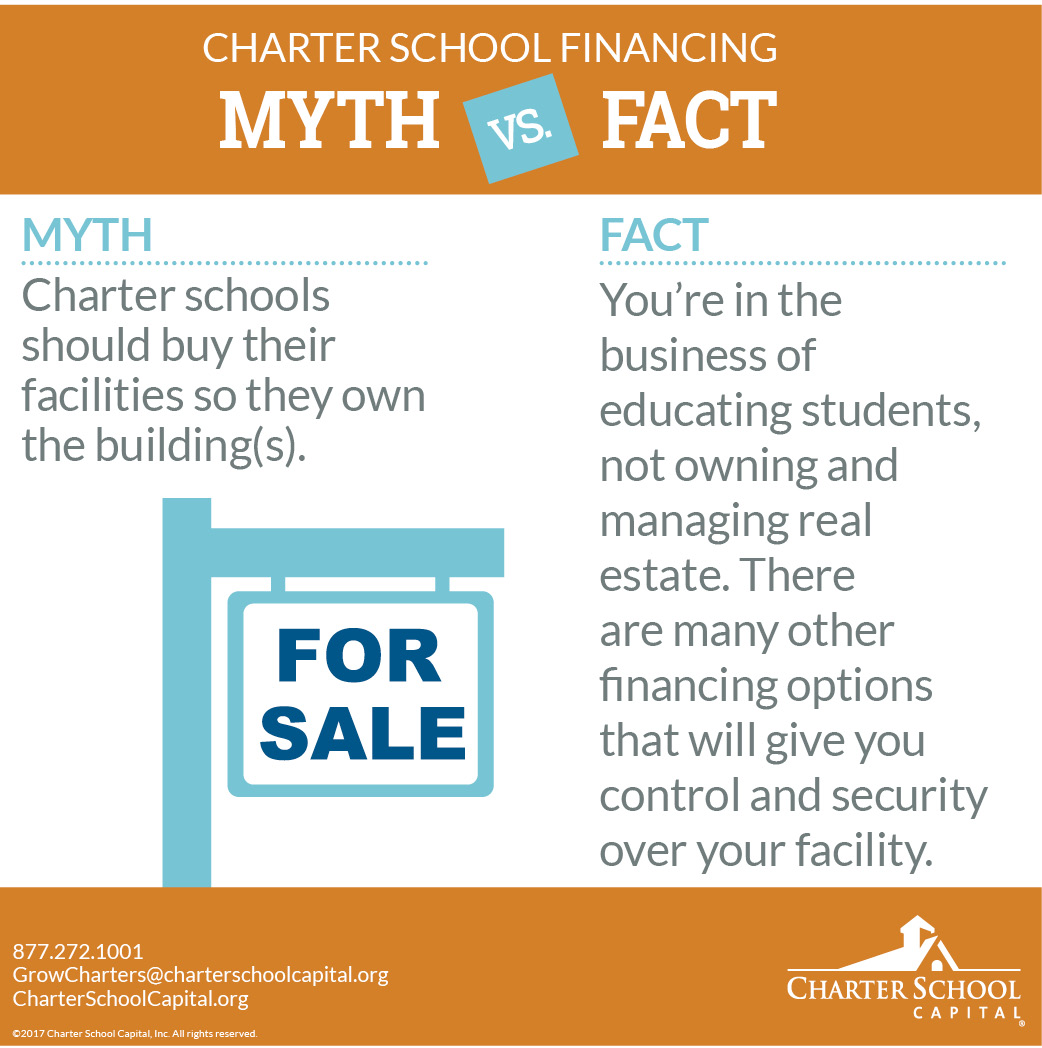Charter schools pursuing bond financing for major facility projects face a critical challenge: funding the substantial pre-development expenses that occur months or years before bond proceeds become available. Bridge to bond financing provides a strategic solution for managing these upfront costs without depleting operational cash reserves.
Understanding Bridge to Bond Financing
Bridge to bond financing is a short to mid-term funding solution designed specifically to cover pre-development and development investments required before permanent facilities financing becomes available. This type of financing bridges the gap between initial project planning and final bond closing, allowing schools to maintain momentum on critical facility projects.
Unlike traditional bridge loans that typically last 6-12 months, bridge to bond financing often extends 12-36 months to accommodate the extended timelines required for bond qualification, rating processes, and market timing.
Common Uses for Bridge to Bond Financing
Schools can utilize bridge financing for a comprehensive range of pre-development expenses that are essential for successful facility projects but occur well before bond funding becomes available.
Land and Site Preparation:
- Land acquisition and purchase deposits
- Site survey work and environmental assessments
- Zoning applications and variance requests
- Utility connection studies and infrastructure planning
Design and Development:
- Architectural design fees and schematic development
- Engineering studies and structural assessments
- Third-party reports including environmental and traffic studies
- Permitting fees and entitlement processes
Pre-Construction Activities:
- Construction document development
- Contractor selection and pre-construction services
- Material procurement and long-lead item orders
- Site preparation and infrastructure work
Operational Bridge Needs:
- Working capital during transition periods
- Pre-opening marketing and enrollment expenses
- Staff hiring and training costs
- Technology and equipment procurement
Due Diligence and Documentation
Bridge to bond financing involves streamlined underwriting compared to bond financing, but still requires comprehensive project documentation.
Required Documentation:
- Detailed project development plans and timelines
- Financial projections including bridge and bond scenarios
- Professional team credentials and experience
- Site control documentation and development approvals
Making the Bridge to Bond Decision

Assessment Framework
Schools considering bridge to bond financing should evaluate their specific circumstances against several key criteria.
Project Readiness Factors:
- Clear timeline for bond qualification and market access
- Defined project scope and budget requirements
- Professional team assembled for development process
- Site control and preliminary approvals in place
Financial Capacity Analysis:
- Ability to service bridge financing during development
- Realistic debt capacity for combined bridge and bond financing
- Adequate cash flow projections for construction period
- Reserve requirements and working capital needs
Implementation Best Practices
Professional Team Coordination: Successful bridge to bond financing requires coordination among multiple professional advisors including bond counsel, financial advisors, architects, and construction managers.
Timeline Management: Realistic timeline development accounting for both bridge financing requirements and bond market access requirements is essential for project success.
Risk Management: Comprehensive contingency planning for potential delays in bond financing or changes in market conditions helps ensure project completion even if original assumptions change.
Conclusion
Bridge to bond financing provides charter schools with a valuable tool for managing the complex financial requirements of major facility development projects. By covering pre-development costs without depleting operational reserves, this financing approach allows schools to maintain project momentum while preserving financial flexibility.
Success with bridge to bond financing requires careful planning, realistic timeline development, and coordination with long-term bond financing strategies. Schools that approach this financing option strategically can accelerate their facility development while maintaining the financial stability necessary for successful bond financing.
The decision to pursue bridge-to-bond financing should be made as part of a comprehensive facility financing strategy that considers all available options and aligns with the school’s long-term educational and financial objectives.











